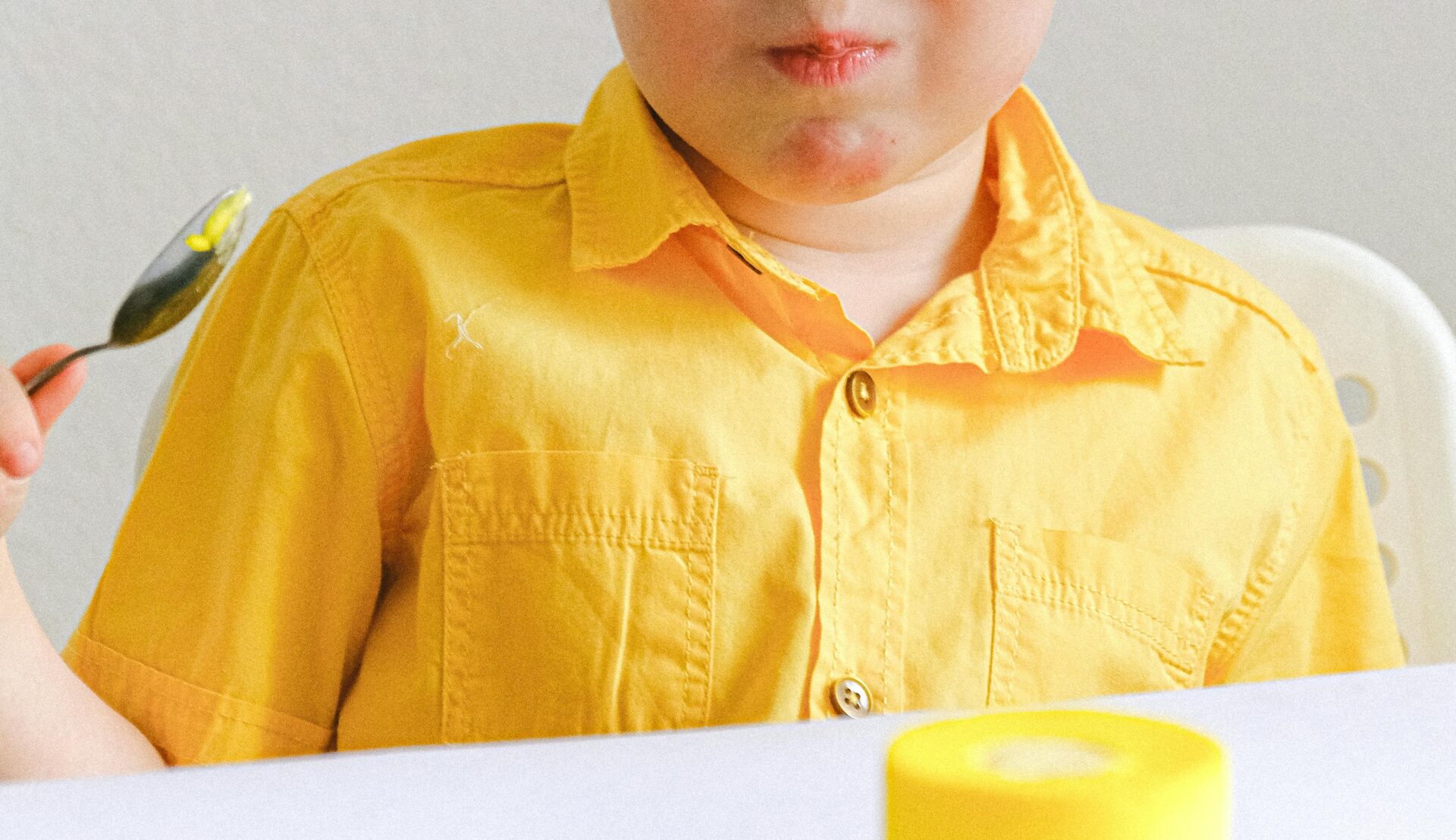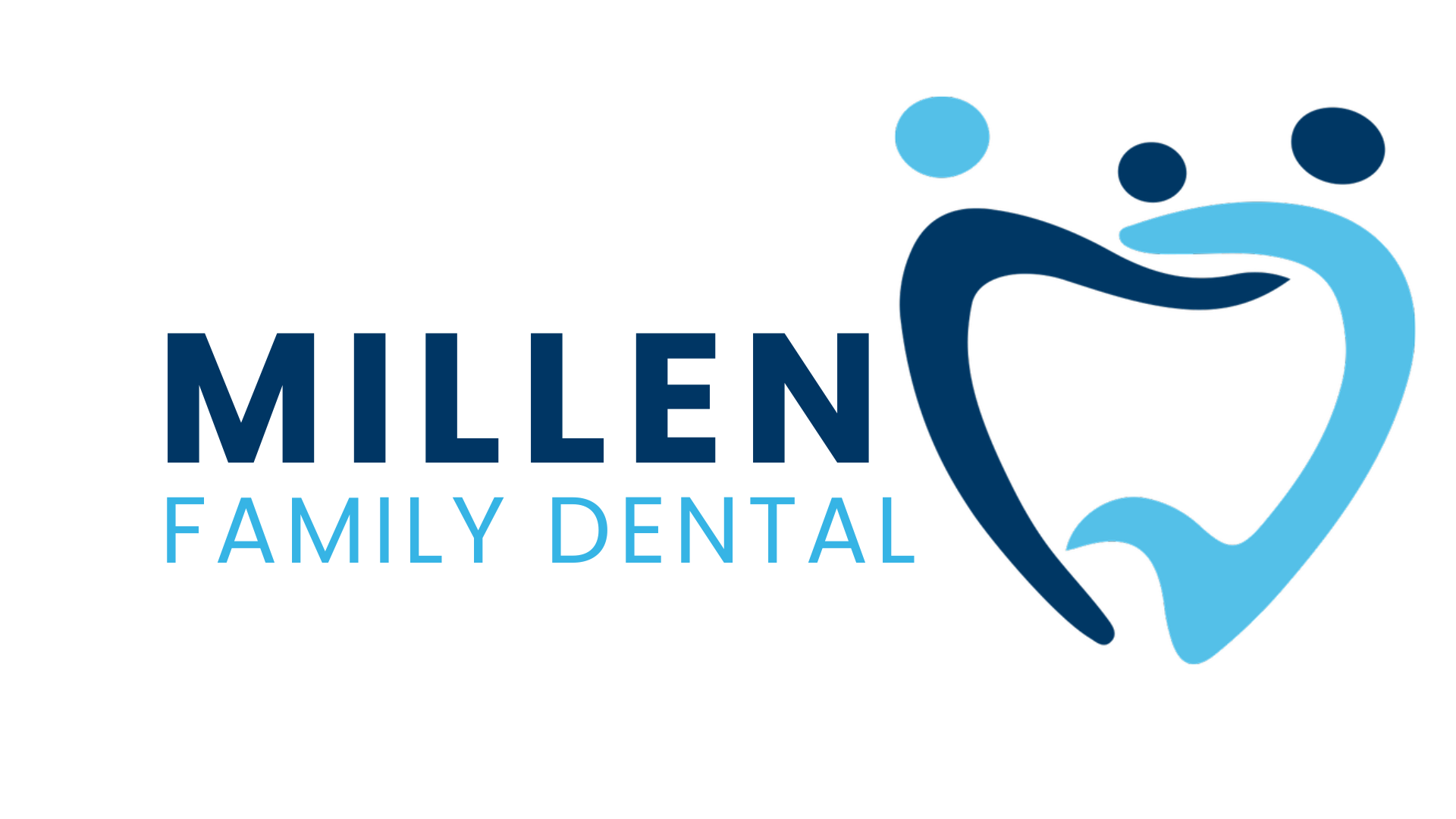
Why Are My Teeth Turning Yellow?
Having yellow teeth can feel embarrassing, but it’s actually a very common issue. While it’s easy to think that yellow teeth mean poor hygiene, that’s not always the case. A range of factors, from what you eat and drink to natural aging, can cause your teeth to lose their whiteness. So, what exactly leads to teeth yellowing? Let’s look at four common causes and explore some helpful solutions to restore that bright smile.
Staining Foods and Beverages
One of the most common causes of yellow teeth is the food and drinks we consume. The pigments in what we eat and drink can gradually build up on the enamel, the outer layer of your teeth, causing stains. Coffee, tea, red wine, and soda are some of the biggest offenders. These drinks contain chromogens. These are substances that stick to the enamel and cause discoloration. Even healthy foods like berries, tomatoes, and certain sauces, such as soy and curry, can contribute to staining. Anything that can leave a mark on your clothes has the potential to stain your teeth as well.
The acidity in these foods and drinks can also make things worse. Acid erodes the enamel, making it thinner and more susceptible to stains. This is why sipping on sodas or citrus juices, which are acidic, can also accelerate the yellowing process. To minimize the effects, it’s helpful to rinse your mouth with water after consuming these foods and drinks. Another tip is to use a straw for beverages like iced coffee or tea, which can limit the liquid’s direct contact with your teeth. This won’t stop the staining entirely, but it can slow it down.
Additionally, keeping up with regular dental cleanings can help remove surface stains that accumulate over time. Professional cleanings can do a deeper job of eliminating these chromogens and can give your smile a much-needed refresh.
Aging and Enamel Thinning
The aging process is something no one can avoid, and unfortunately, it has a significant impact on your teeth. As we age, the enamel, which is the white, protective outer layer of our teeth, wears down. Beneath this enamel is a layer of dentin, which is naturally yellow. Over time, as the enamel thins, more of the yellow dentin becomes visible, making your teeth appear more discolored.
But why does enamel thin as we age? Everyday activities like chewing, grinding, and exposure to acidic foods wear down the enamel. Even brushing too hard can contribute to enamel erosion. As enamel wears away, it can also lead to tooth sensitivity and a higher risk of cavities. So, it’s crucial to take steps to protect your enamel, especially as you get older.
To slow down the aging-related yellowing, practicing good oral hygiene is essential. Brushing your teeth twice a day with fluoride toothpaste can help strengthen enamel. Flossing regularly and using an antiseptic mouthwash also prevent plaque buildup, which contributes to enamel erosion. While aging-related yellowing can’t be stopped entirely, these habits can keep your teeth healthier and less prone to noticeable yellowing.
If your teeth have already become yellow due to enamel loss, cosmetic treatments like veneers or bonding can provide a solution. These treatments cover the teeth with a white, protective layer that can mask the yellow dentin, giving you a brighter, more youthful smile.
Poor Oral Hygiene and Plaque Buildup
Good oral hygiene is the foundation of healthy, white teeth. Without regular brushing and flossing, plaque builds up on your teeth. Plaque is a sticky film of bacteria that can accumulate and harden into tartar, which appears yellow and gives teeth a dull, unhealthy look.
If plaque is not removed through regular brushing and flossing, it hardens and turns into tartar, which only a dentist can remove. Tartar not only causes discoloration but also contributes to other serious dental problems like gum disease and cavities. So, what you think is simple yellowing may actually be an indication of deeper oral health issues.
Brushing your teeth for at least two minutes, twice a day, and flossing once daily can help prevent plaque buildup. Additionally, using a mouthwash with antibacterial properties can fight off the bacteria that lead to plaque formation. However, even with the best hygiene routine, plaque and tartar buildup can still occur. That’s why regular dental check-ups and professional cleanings every six months are important for maintaining a healthy, bright smile.
Medications and Health Conditions
Certain medications and health conditions can also contribute to teeth yellowing. Antibiotics like tetracycline and doxycycline, especially when taken during childhood while teeth are developing, can lead to permanent discoloration. The teeth may take on a yellow, gray, or brownish hue that resists conventional whitening methods.
In addition to antibiotics, other medications like antihistamines, blood pressure drugs, and even chemotherapy treatments can cause teeth discoloration. These medications may affect the enamel or dentin directly, leading to long-term changes in tooth color. Certain health conditions can also impact the color of your teeth. For instance, people with liver disease, celiac disease, or certain metabolic disorders may experience enamel damage, leading to more visible dentin and yellowing.
Even something as simple as dry mouth can contribute to yellowing. Saliva helps wash away food particles and neutralize acids that erode enamel, so a lack of it can accelerate discoloration. If medications or health conditions are causing your teeth to yellow, traditional whitening treatments may not be effective. In these cases, cosmetic solutions like dental veneers or bonding may be necessary to restore your smile.
Conclusion
Yellow teeth are common and can result from many different factors, ranging from diet and lifestyle to aging and even medication use. The good news is that most causes of yellowing are manageable, and there are plenty of treatments available, from simple dietary changes to professional whitening procedures.
Improving your oral hygiene routine and cutting back on staining foods and drinks can help prevent further yellowing. Regular dental visits for cleanings and checkups will keep plaque and tartar at bay, while cosmetic treatments can restore your smile if the yellowing becomes severe. By understanding the root cause of your yellowing teeth, you can take the necessary steps to bring back your confident, bright smile!
Millen Family Dental is your home for excellent dental care that fits your specific needs. Schedule an appointment with us today!
